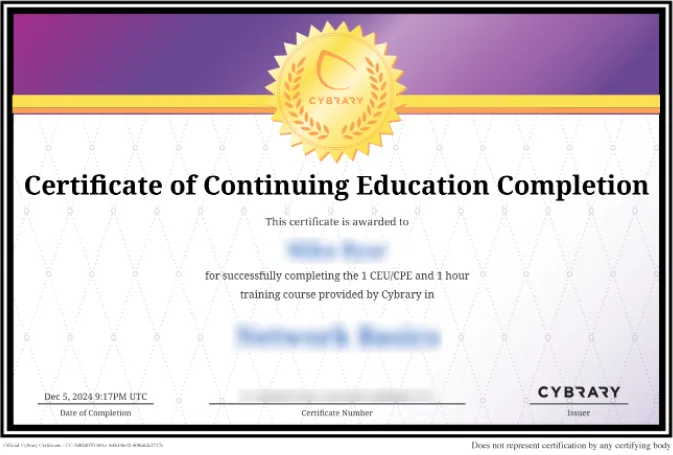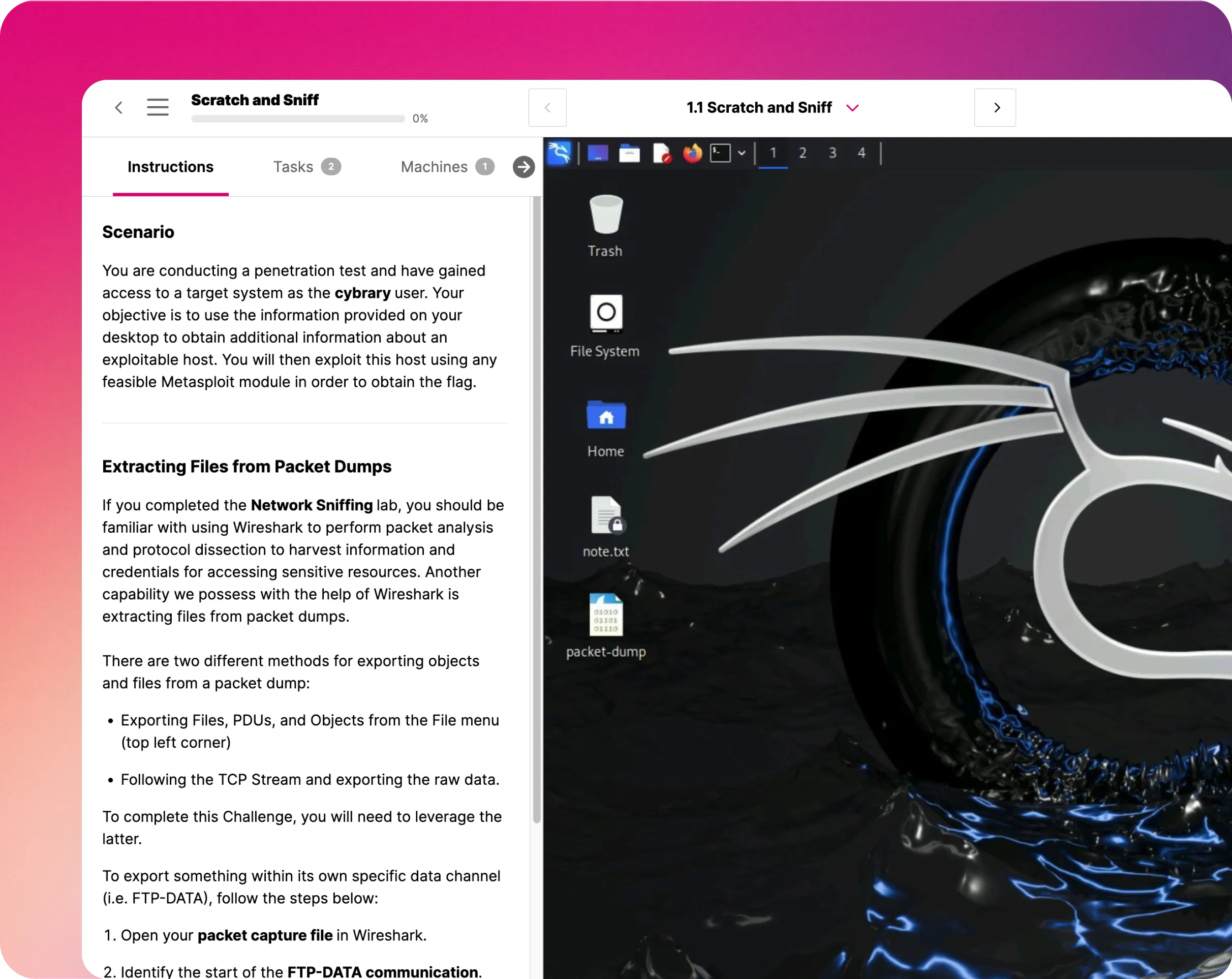Hyper-V
Microsoft Hyper-V is a technology that allows you to create virtual environments like operating systems, virtual servers, and virtual components like hard drives and network switches. In this Hyper-V training, you’ll learn how to build, configure, and understand virtual machines in both the server and client environments.

Course Content
In our online Hyper-V training course, you will learn the fundamentals of Microsoft Hyper-V. You will gain the knowledge and skills to build, configure, and understand virtual machines in both the server and client environments.
What is Microsoft Hyper-V?
Microsoft Hyper-V is a technology that provides users with the ability to create virtual computer environments like operating systems and hardware components, like hard drives and network switches. Unlike other virtualization software, Hyper-V isn’t limited to users’ devices. It can also be used for server virtualization.
Hyper-V is available to users in three versions including Hyper-V for Windows Servers, Hyper-V Servers, and Hyper-V on Windows 10.
What Does This Hyper V Course Entail?
In our beginner-level Hyper-V online training class, you will learn the basics of Microsoft Hyper-V for both client and server environments. The topics that are included in the course include setting up Hyper-V; virtual networking; virtual machine, network, and hard disk creation; and management of Hyper-V and where to go from here. When you are finished with the course, you will possess the fundamental understanding required to build, configure, and understand virtual machines in these environments.
This Hyper-V training is 5 hours and 8 minutes of clock time for the included lessons. Upon finishing the course, you will have earned 5 CEU/CPE and you will receive a Certificate of Completion.
Why is Hyper-V Technology Important?
As technology grows at lightning speed, computers are faster, and the storage, CPU, and RAM count increase exponentially with each new generation, the idea of running multiple systems with multiple operating systems and providing multiple services, all from just one physical device, is a reality.
Additionally, as more services migrate to cloud infrastructures and numerous applications switch to service models, the demand for multiple servers has become a fairly antiquated deployment method – especially when paired with quicker multicore processors, RAM totals in the double or triple digits, and storage that has terabytes of data storage potential.
These newer servers can have the same resources available on production servers – but multiplied several times. These additional resources can handle the workload of most, if not all, of the physical servers from just one physical device.
What are the Benefits of Hyper-V?
The Hyper-V technology has a number of benefits. One of the biggest reasons that organizations utilize Hyper-V over other similar options, is because it’s cost-effective. The basic Hyper-V tools come free with an enterprise agreement, and other more advanced functions and licensing will cost, but the pricing of Hyper-V is still more economical than its competitors.
* It makes live migrations easier. With Hyper-V you are able to move running VMs from one host to another without experiencing any downtime.
* It integrates with other Microsoft products seamlessly. Organizations that are using Microsoft products already, will be able to adopt the Microsoft technology for their hypervisor without any glitches.
It supports multiple operating systems. Because Microsoft supports various operating Hyper-V systems (Linux included), you are not limited to only using its native operating system.
You can see why many organizations are using virtualization technology, and why they are using Hyper-V to do so. It’s a cost-effective choice that supports multiple operating systems and provides you with all the basic functionality you need.



































